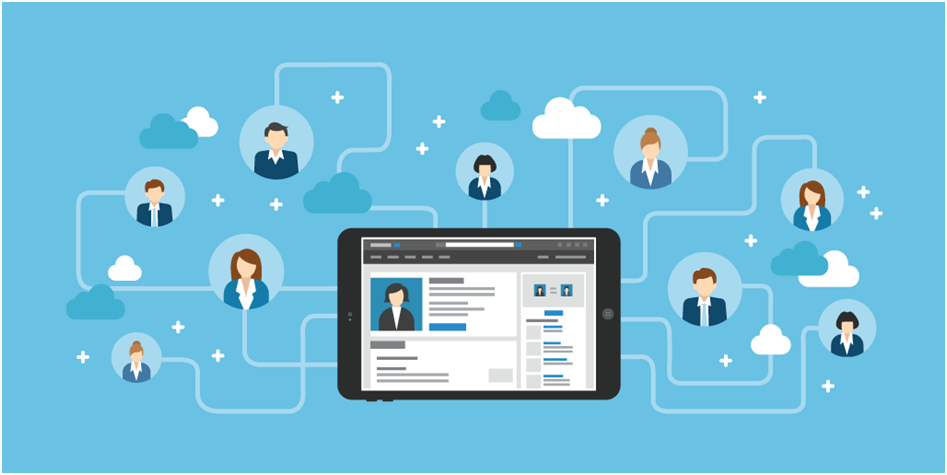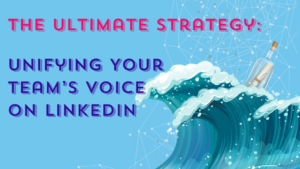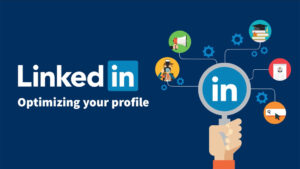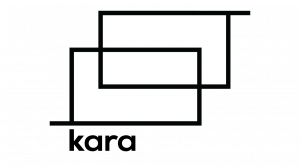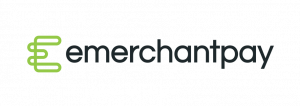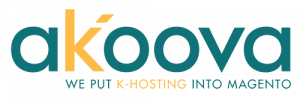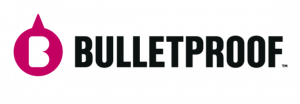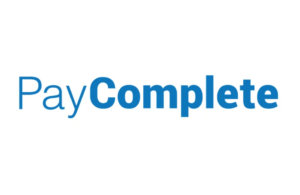One of our founders, Laura, was thrilled to feature on The Agency Collective’s blog, talking about lead nurturing strategies over 5 weeks.
And for our dedicated Pitch121 audience… Here are all 5 tips to help your agency gain new and better business in 2022.
The agency world is a competitive one. Even more so if you are targeting better-known brands with larger budgets. We’ve all been there, trying to build a relationship during the pitch, but very often, it’s just too late in the day.
You may have pitched for new business to the expense of your client’s work, and spent hours on proposals and pitching that aren’t billable.
What’s the answer?
Get in early and nurture your B2B leads. Build relationships when they are not looking to buy and add immense value. It is human nature to want to reciprocate, so if you can give and help in any way, it will come back around to you. And if while you are helping, you’ve been able to get them excited about your knowledge, work and team, then you’ll be on their list of ‘favourites’.
To build a relationship that can turn into a sale, you need to strike the tricky balance between being present in your prospect’s mind without annoying them. That is easier said than done!
In Marketo’s eBook “The Definitive Guide to Lead Nurturing” lead nurturing is described as “…building relationships and trust with your prospects in a way that is both consistent and relevant.”
So, taking that description, I have compiled what I know to be the 5 most effective, easy to implement B2B lead nurturing strategies that you can use to make your cold leads hot.
1. B2B leads are the backbone of every B2B sale
Without leads we have no sales, its as simple as that. Calculate how many companies you need to nurture to achieve your company goals and go after them. You need fewer on your target list than you think.
Have marketing and sales agree on the same list so the content you are putting out resonates with the same people sales have targeted and connected with.
Go to LinkedIn and source the decision makers and others that may influence a decision within your target accounts. Filter down to 2nd degree connections and those that are most active. Resist the temptation to go after decision makers only.
2nd degree connections connect more readily than 3rd degree, but once you are connected into that 2nd degree connection, that will bring you closer to a lot of their colleagues.
If you then start interacting with the more active LinkedIn users, you are more likely to be seen by their colleagues.
People are more likely to connect if you give them a reason. “I commented on your excellent post, I’d like to see more of your updates. Is it okay to connect?”
According to LinkedIn, 80% of business leads come from LinkedIn. (Could be some bias there, but we will go with it!)
Even if the lead came through the website, from email marketing or a face-to-face networking event, getting connected on LinkedIn is the first important step on your lead nurturing campaign.
Why?
Your posts and activity allows your new connection to get to know you, increasing trust. They also position you as a subject matter expert, they will see your brilliant team, your work, awards as well as opinion that may resonate with them.
But the first point here is to have enough leads to nurture. So get on LinkedIn and build that network (without overly selling to them).
2. Multi-point engagement also builds trust
Its not all about LinkedIn! Email, SMS, Calls, other social channels all drive the number of touchpoints. There is something about seeing the same person in different places which builds trust.
Ensure that you have the same profile picture so you are instantly recognisable and that your personal brand is cohesive across different channels.
Do this with multiple stakeholders and you become almost famous within your target companies.
At appropriate times ask for email addresses and phone numbers to build your database.
By building your email database, you can communicate on email as well as on social media.
LinkedIn Example:
“I’ve had a look at your website, and have a few ideas. Happy to share?”
“Ok, that would be good.”
“It’ll only take 15 mins, how is tomorrow morning?”
“I’m free all morning”.
“Great, I’ll put something in the calendar. What’s your email?”
“It’s [email protected]”
3. Content for every stage of the buyer journey
To resonate with your target audience, you need to be producing content that features challenges and problems they will be facing, so they are aware you could be the potential solution.
Showing your speciality and outlining how you do things may feel like giving away your expertise for free, but do it. Most people like to learn, but do not have the skill set you do to execute any solutions. Once they have worked out that they can’t do it themselves, they will need your help.
Content about what you do (or even better, who you’ve helped and what the results were) gets people excited about what you can do for them. It’s even better if your work is visual, or if you can showcase the results in a visual way – get it out there.
Content types to be split into three areas. There are different formats within each area as people absorb information differently.
- For buyers who may be ‘problem aware’ you need ‘why’ content. (top)
- For buyers who may be ‘solution aware’ you need ‘how’ content. (middle)
- For buyers that are ‘provider aware’ you need ‘what you do’ content. (bottom)
e.g. for our agency that helps people drive new business from LinkedIn, we would have…
- “5 ways to increase revenue in your agency” (problem aware, not enough revenue)
- “5 B2B lead nurturing strategies for agencies” (solution aware, we aren’t converting enough leads)
- “How Missouri Creative got on the roster of an International drinks brand” (how you helped, what you’ve done)
Through content, you are trying to get prospective clients onto your website, but even website visitors need nurturing. 96% of visitors who come to your website aren’t ready to buy, so capture their data and ensure they go into your nurturing too.
And remember that you need to be connected to multiple people in organisations who will be looking at different things.
Example:
The brand manager from your dream client didn’t respond to the problem aware content that you offered in the inbox.
Some time later, you post some solution aware content. She gives it a ‘like’ in her homefeed.
This brand manager agrees with what you are saying about a solution that includes the work that you do.
You drop her a note thanking her for liking your post, and say “Oddly enough, we just launched with [relatable brand] doing just that, would you like to see what we did?”
The brand manager loves it, but they have no projects for you right now.
“That’s okay, its good to be on your radar. Can you introduce me to procurement so we can be considered next time around?”
“Sure – here’s their email.”
Procurement will want to see bottom funnel content only.
This is how you get that email out of the blue inviting you to pitch for your dream client.
4. Timely follow ups
It can be hard to face, but at some stage you’ve left potential business hanging for another agency to pick up. It is understandable, we prospect when we are light on work, then we get busy, we get some replies to our prospecting and because client work comes first we don’t respond.
Even dedicated sales people do it. You spend ages finding people on LinkedIn, connecting, finding their email only to get busy with an opportunity and the follow up on the earlier stage leads gets dropped.
You need a system to manage leads and your pipeline. It doesn’t have to be an all-singing-all-dancing automation platform although that would help with efficiency. You need a process to ensure that all of your leads have the opportunity to see your content. This is an essential part of your lead nurturing strategy.
Consider how you can be sure to be timely when someone replies, when they post something, or comment on your post.
Try executing a really simple sequence or process first of all, and doing that well. A sequence is a connection message, a thanks for connecting message, and a further follow up message. (You can work up to more advanced sequences later).
Try to combine no more than two channels (eg. LinkedIn and email) initially for this process, and ensure you have alerts or are checking in for replies regularly. There is a lot of evidence that if sales leads are followed up quickly they have a far better chance of success.
5. Personalise your follow ups
There are two elements to this personalising your follow ups.
- What you are talking about.
- Making sure your communication comes from you personally
Show interest in them, talk about their posts or things they’ve written about on their profile. It surprises people, gets the relationship off to a good start and encourages early engagement.
If you are connected personally, then a personal (person-to-person, plain text) email is more appropriate than adding them to your company newsletter. No harm in doing both, but they will have a different style.
If the email or message sent from the person is sent in bulk, it must never look like it. Less is more in this case, You just need to focus on getting their engagement to understand more from them on their challenges and needs. Leave the stuff about your agency until they are ready to hear.
Everyone has a different nurturing sequence that works for them. Here are two I regularly use.
Example 1:
I track people in LinkedIn Sales Navigator and when they post, I like and comment on their post.
I use this as a reason to connect and this is automated.
My follow up gets them talking more about the post, this is tailored.
I continue to like their posts, this is automated.
A few weeks later I have a relevant webinar to invite them to, I ask if they are interested, this is sent in bulk according to who they are. I track with tags.
They sign up, I get the email address.
I follow up with the recording and a relevant ask to the topic of the webinar, this is in bulk but different messaging depending on whether they attended or not.
Example 2:
I send out an email in bulk, from me personally, asking a business owner if they are struggling for time to do their lead generation and nurturing. It is four sentences long.
Some agree, others reply to say no thank you, “maybe something for next year.”
I reply to say, that I’ve sent them a connection request so it will be easier to re-connect and I’ve diarised a follow-up for January.
My connection request is accepted as they’ve connected our email exchange with my LinkedIn invite.
Between now and January, they will see my posting 2 or 3 times a week, I will automatically like their posts.
If they engage with posts I spark up a conversation, this would be tailored, but tracked automatically.
Otherwise, they will go into my content share nurture programme, again an invite to the webinar.
I follow up personally with the recording and a tailored message to remind them we will be speaking in January, trying to get that booked in.
These are real-life examples, working well for me right now.
Nurturing leads is always the fine line of staying front of mind without annoying people.
Its hard to please everyone so you may still annoy someone. Don’t worry too much if it is very occasional.
If, however, lots of people don’t answer you or one person is annoyed, and tells you so – Take it very seriously. Its important to not just look at the responses you get but to realise you’re off the mark if you get a lot that don’t respond. I call them the ‘silent no’s’. They are silently seething and have privately decided not to work with you.
My final tip – know your ratios and benchmarks.
If you are connecting on LinkedIn, how many accept the invitation?
What are your email open rates, and response rates?
If you can add your reason and specifics for getting in touch in the first line, you’ll do wonders for those ratios. But if you don’t know your numbers, you won’t know where you are going wrong. You won’t have enough hot leads coming through.
It is a medium to long-term strategy, but it works. Before you know it, you will be on the shortlist of favourites for your dream client before anyone else has got wind of that RFP!
..
Learn More:
For further information, check out the Pitch 121 learn with us section by clicking here
If you have any questions, please reach out to a member of the Pitch 121 team. We would be super happy to hear from you.
Web: www.pitch121.com
Email: [email protected]
